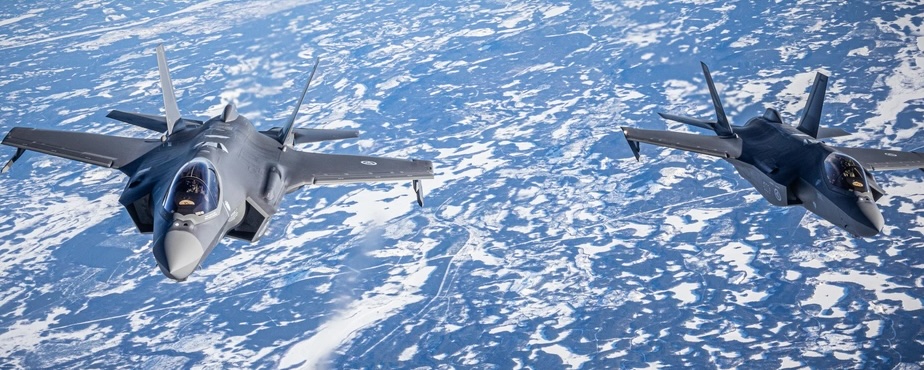Already a subscriber? Make sure to log into your account before viewing this content. You can access your account by hitting the “login” button on the top right corner. Still unable to see the content after signing in? Make sure your card on file is up-to-date.
NATO has announced that it has intercepted Russian aircraft operating near allied airspace in the Arctic.
Some shit you should know before you read: Since the war broke out in Ukraine, there’s been a notable uptick in aerial encounters between NATO and Russian military aircraft, with NATO jets frequently intercepting Russian planes approaching allied airspace. Russian bombers and fighters often conduct patrols near NATO borders without filing flight plans or maintaining radio communication, prompting quick reaction alert missions from NATO forces. While these interceptions are generally routine and professionally handled, Russia has also responded in kind by intercepting NATO aircraft near its own airspace, particularly over the Baltic Sea, Black Sea, and Arctic regions.

What’s going on now: In an announcement, NATO confirmed that they scrambled two Royal Norwegian Air Force F-35 fighter jets on February 4, 2025, to intercept a group of Russian military aircraft flying near allied airspace in the Arctic. The Russian formation consisted of two Tu-95 Bear H strategic bombers escorted by two Su-27 Flanker-D fighter jets. According to NATO, the Norwegian F-35s quickly located and identified the Russian aircraft and ensured that they did not violate NATO airspace.

In a statement, Major General Øivind Gunnerud said, “Our Quick Reaction Alert mission in the High North is important for our national defence and NATO’s collective security. The ability to respond swiftly ensures the safety of our airspace and highlights the strength of our allied forces in maintaining peace and stability.”
This all comes as military activity in the Arctic continues to rise, with both Russia and China expanding their presence in the region. As ice melts, the Arctic is increasingly viewed as a crucial trade route, with the Northern Sea Route offering a faster alternative for global shipping between Europe and Asia. This has led to heightened geopolitical competition, with nations seeking to secure their interests through military build-ups, including new bases, naval patrols, and strategic air operations.
Russia has reopened and reinforced Soviet-era military installations, while China has declared itself a “near-Arctic state” and is investing heavily in Arctic infrastructure and scientific research as part of its broader geopolitical ambitions. The shifting power dynamics in the region have also played a role in former President Donald Trump’s push for US control over Greenland, citing its strategic location and vast natural resources. Trump has even hinted at the possibility of Canada integrating with the United States to bolster North American influence in the Arctic.






